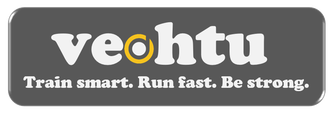Education for runners and endurance athletes. Learn to train smart, run fast, and be strong.

Equality in education, health, and sustainability is important to me. I was lucky to be born into a social welfare system where higher education was free. Sadly, that is no longer true. Consequently, to provide access to exercise science and sports nutrition education to folks from all walks of life, I publish freely accessible high-quality exercise science and nutritional science content. These articles are a part of that offering.
Click a button below to filter the articles by topic.
Then scroll down to find what you need.

Then scroll down to find what you need.
Help others train smart.
Please tweet or share these free articles with anyone who will find them educational.
